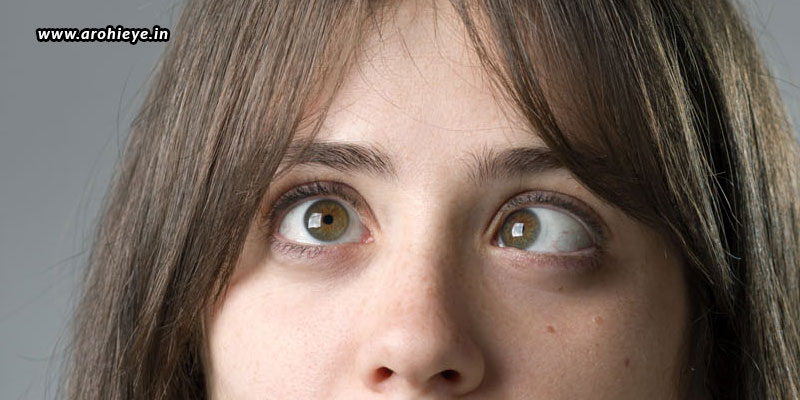Squint generally begins in childhood, which if treated quickly and early can eliminate or at least manage the condition. Thus, when squint is seen in adults, it should be understood that it is the result of progressive untreated squint from childhood. However, this is not always the case. There could be rare instances where the individual may not be having squint in childhood, but may have developed the condition in adulthood due to an eye injury or head trauma. Approximately 4% of adults today suffer from squint, most of them related to accidents, injuries, and medical illnesses.
The results of squint
Loss of binocular vision and stereopsis are the two main outcomes of squint, which has both the eyes not being able to work together as they should to provide depth perception. There could also be limitation of the field of vision, which may hinder effective vision, thus affecting the confidence of the individual as it affects communication skills and social interaction.
Treating squint
Over the past many generations, there was very little, almost nothing, that could be done for treating squint in adults. However, with the advancements of science and technology today, even adults having squint can be treated effectively. Adults with squint can be treated to improve depth perception, the field of vision, and the way the two eyes work together. And, as a result, it also leads to the individual’s improved confidence and self-esteem.
Types of treatments
There are a number of treatment procedures available to treat squint. But, the most basic and successful treatment for squint includes eye muscle surgery. However, some patients may also require glasses, prisms, and medications to help. Squint repair is not a cosmetic procedure, but a reconstructive surgery. Cosmetic surgery can alter the appearance, whereas reconstructive surgery can change an abnormality to a normal one. After surgery, the eyes may need to adjust to their new position. This is because a good number of patients generally have temporary double vision, which can take a few weeks before it is resolved. But, certain patients who suffer from other medical problems may have a slight double vision even after the squint surgery, which can require additional treatments like using glasses, contact lenses, prisms, patching, or having a Botox or Marcaine injection from time to time.
- Glasses/contact lenses – Glasses and contact lenses can help improve vision by controlling eye alignment and eliminating double vision.
- Prisms – Prisms can also help improve vision; may it be temporary prisms tied as a piece of plastic attached to the glasses, or permanent prisms ground into the current glasses.
- Patching – A black patch, or a film on glasses or contact lenses can help occlude one eye and block double vision.
- Botox injection – Botox injections can help make the muscles stretched to make it longer and weaker.
- Marcaine injection – Marcaine injections can stimulate growth of muscles, making them stronger and tighter.
Depending upon your condition, your doctor will decide upon the treatment for you. An effective treatment can help eliminate double vision, expand the field of vision, improve three-dimensional vision, and eliminate abnormal head posture. You can get the best kind of treatment at Arohi Eye Hospital, where the best squint specialist in Mumbai awaits to treat your precious eyes.
Dr. Shradha Goel
Dr. Shradha Goel, Chief Surgeon at Arohi Eye Hospital, is a renowned Phaco-LASIK surgeon with over 10,000 surgeries to her credit. She earned her MBBS from Grant Medical College, Mumbai, and a Master’s in Ophthalmology from Kasturba Medical College, Manipal. As a member of the American Academy of Ophthalmology, Dr. Goel specialises in LASIK, refractive errors, and cataract treatments.


